When people think of dance, they often picture a twirling ballerina spinning on a stage in a glittery dress with a smile on her face. What they don’t see is the hours of exertion and strength it takes to produce this seemingly effortless performance.
“The whole point of being a dancer is to make it look easy,” sophomore Mischa Fellner said. “So if you go to watch a dance performance and you see, like, ‘Oh, it looks easy,’ then that’s when you know they’re trying really hard.”
The trials of dance
Dance requires long hours of practicing, rehearsing and conditioning. Freshman Danielle Song often doesn’t get home from dance until 9:00 p.m. and begins her schoolwork at 10:00 p.m., only heading to bed at midnight.
“Sometimes it’s stressful to be doing so many things throughout the week, but I think it’s a good pressure to have; it’s like a workout,” Song said.
Song dances competitively at West Coast Dance Conservatory (WCDC), and she practices for one to three hours a day, six days a week. Before dance practice, she must attend junior varsity cheer practice for two hours right after school. Because of her hectic schedule, Song often sacrifices quality time with friends after school, pushing it to the weekends.
“I don’t really hang out with my friends [much], I just stay home and study,” Song said. “I never watch TV or shows. I’m always at dance.”
Fellner, who also dances at WCDC, has a study period at school to do homework. This helps her balance her schedule since she, like Song, must attend varsity cheer practice before going to dance practice and returning home at 9:30 p.m. Still, it is difficult to find time to rest.
“I usually get like seven hours [of sleep] or less, which is kind of not enough because of how much physical activity I do,” Fellner said.
In addition to its long hours, another often overlooked aspect of dance is the constant comparison to other dancers and the activity’s occasionally toxic environment. Competitions are primarily based on the dancer’s looks and elegance, which can harm their mental health and cause feelings of insufficiency.
“When I used to do conventions, you’d look around and be like, ‘Oh, she’s so much better than me,’ and that would kind of get in your head a little bit,” sophomore Sofia Monteverdi said.
Fellner agrees that the focus on comparison can add pressure to achieve perfection and impact her mental health.
“Even if you’re not [comparing] yourself, our coaches and our dance teachers are always comparing us to each other,” Fellner said. “It is kind of just a part of dance and trying to push people to improve, but it can be really toxic and discouraging.”
Addressing under-recognition
Dancers specializing in more underground dance types often don’t receive much recognition for their art form. For instance, Monteverdi has tried many types of dance, including ballet, contemporary, hip-hop, musical theater and tap, and feels that people should give these forms more attention.
“I definitely think that contemporary is under-recognized because I think it’s actually one of the hardest styles of dance,” Monteverdi said. “Usually people just pay attention to ballet and hip hop, but those aren’t really the hardest ones, in my opinion.”
Senior Maggie Gilmartin agrees that the general public is less aware of complex dance variations than mainstream forms like ballet and jazz. When considering the idea of dancing in college, Gilmartin found that few schools offered her preferred dance style, hip-hop. While she believes hip-hop influences society, especially teenagers, she thinks many people fail to understand the form’s depth and history.
“It’s superficial the way that [teenagers] are influenced by hip-hop,” Gilmartin said. “What people know about hip-hop is like, TikTok dances and just what they see on their Instagram pages. My coach really emphasizes the culture aspect of hip-hop rather than like, mainstream [Los Angeles hip hop].”
Is dance a sport?
Despite the many difficulties of dance, Song believes that many people don’t view dance as a sport because it does not involve much physical interaction with other performers, focuses more on expressiveness, and can appear effortless on a stage.
“I think dance is a sport and a performing art because we have the same discipline and training as a sport, but we also get to show a different side of ourselves,” Song said. “It’s more personal, not just about competition.”
Monteverdi agrees that many people don’t acknowledge how much time and effort goes into each dance performance and that most view it as just an art. However, to her, it is both an art form and a sport.
“[Dance is] a sport because it requires a lot of [effort] just like any other sport,” Monteverdi said. “A lot of people don’t really understand the work that goes on behind it and the strength that you need to have to be a dancer.”
Gilmartin does not classify dance as a sport. That’s not to say that she thinks it requires any less athleticism than a sport — she merely believes that a dance performance’s success cannot be measured in the same way a sports game can.
“[Dance] is not like, ‘Get the ball!’ like that’s not what it is,” Gilmartin said. “It’s not easier than a sport, but there’s a whole storytelling aspect to it, which is just a world away from sports.”
Dance can be draining and exhausting, physically and mentally. However, Fellner believes her efforts are worth it because of the elation dancing brings her.
“Dance and cheer bring me joy; that’s why I do them, because it makes me happy,” Fellner said. “And I think that doing a lot of exercise in your day can also make you overall happier.”





































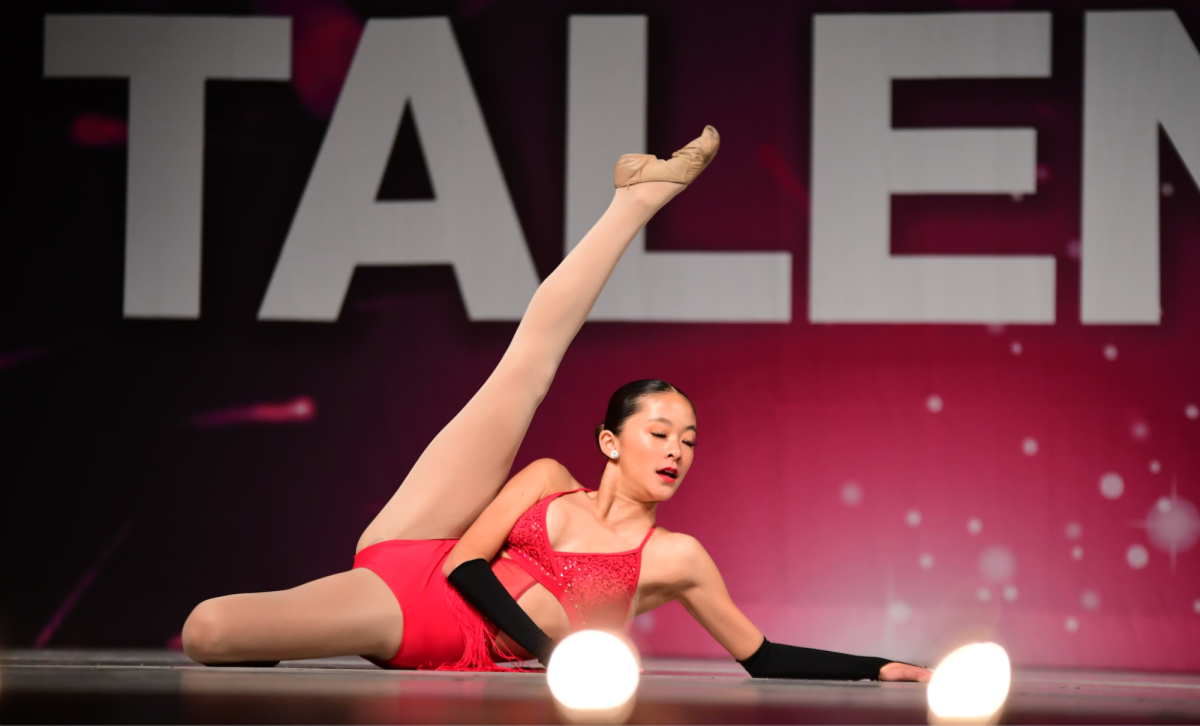
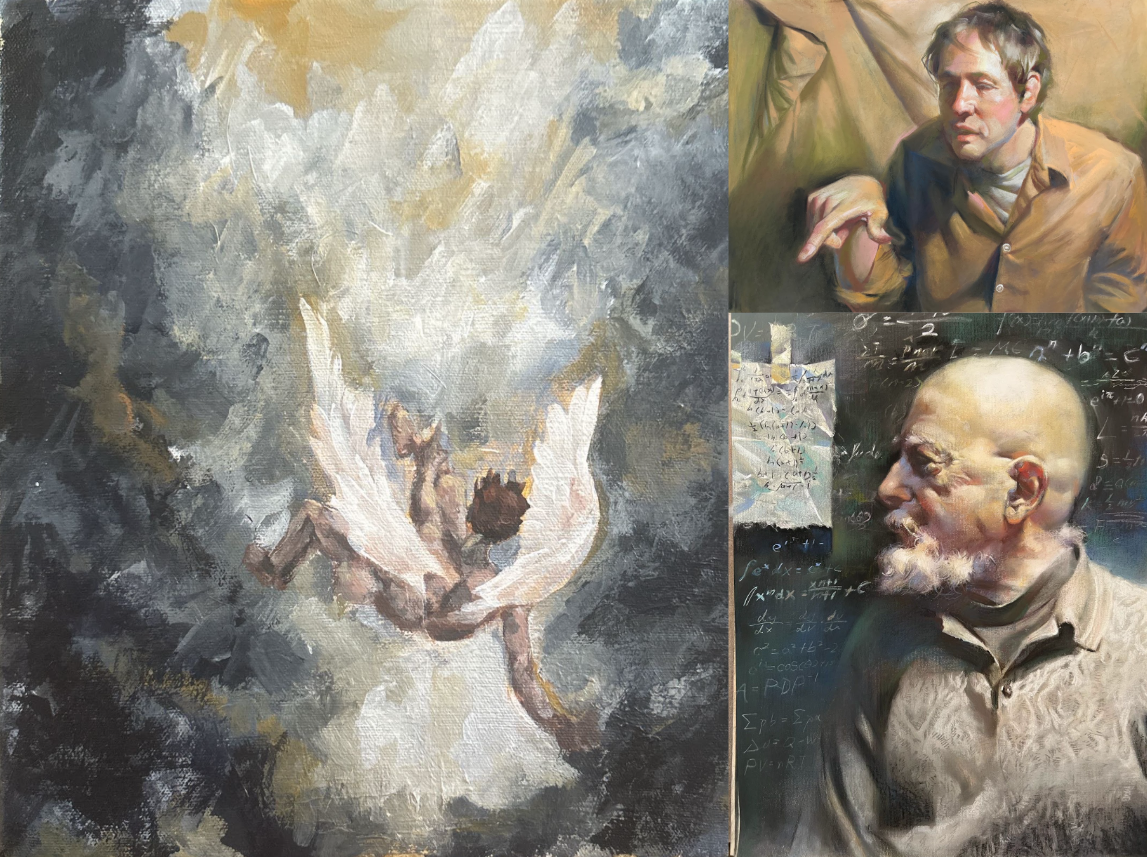


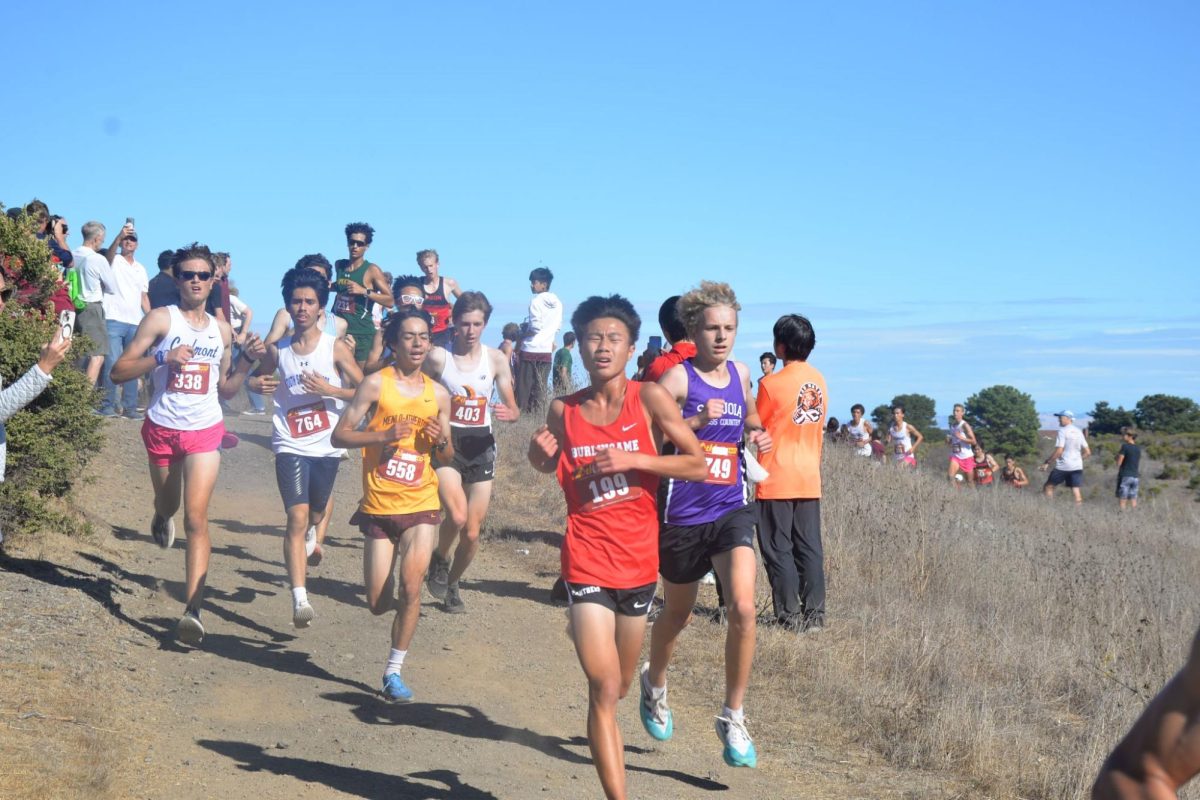
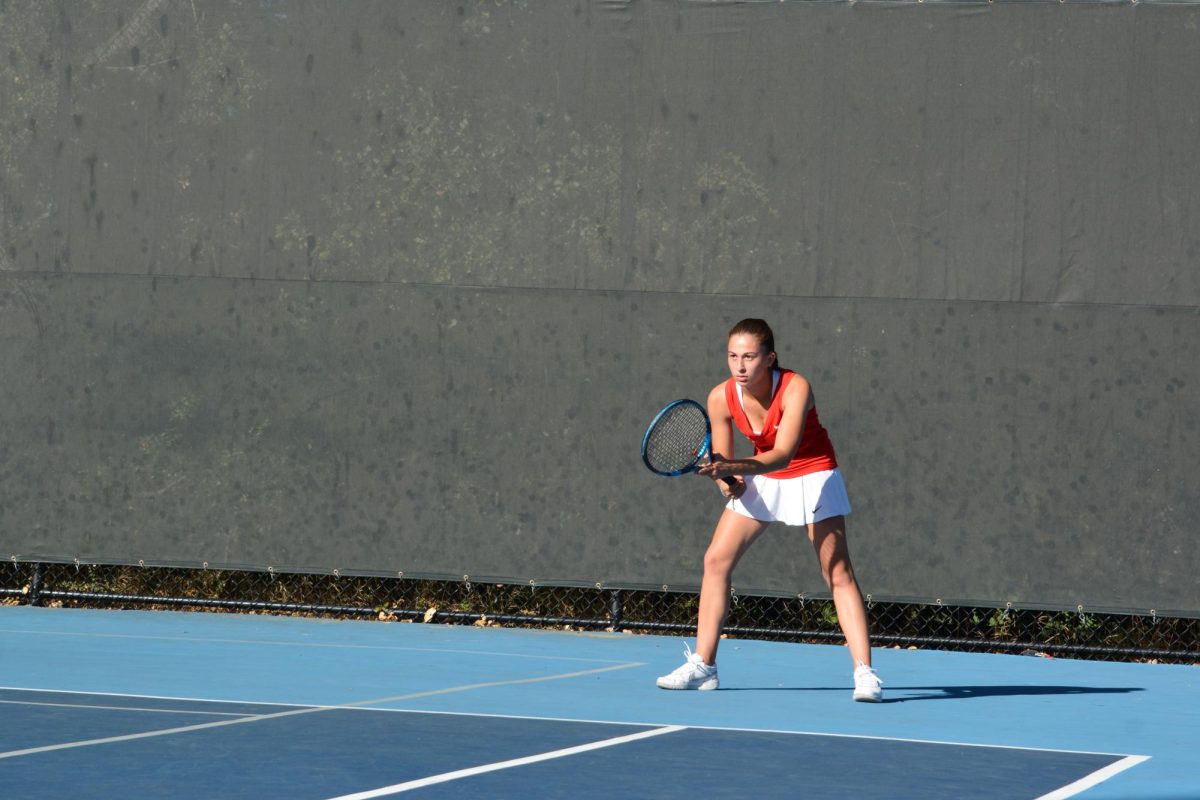

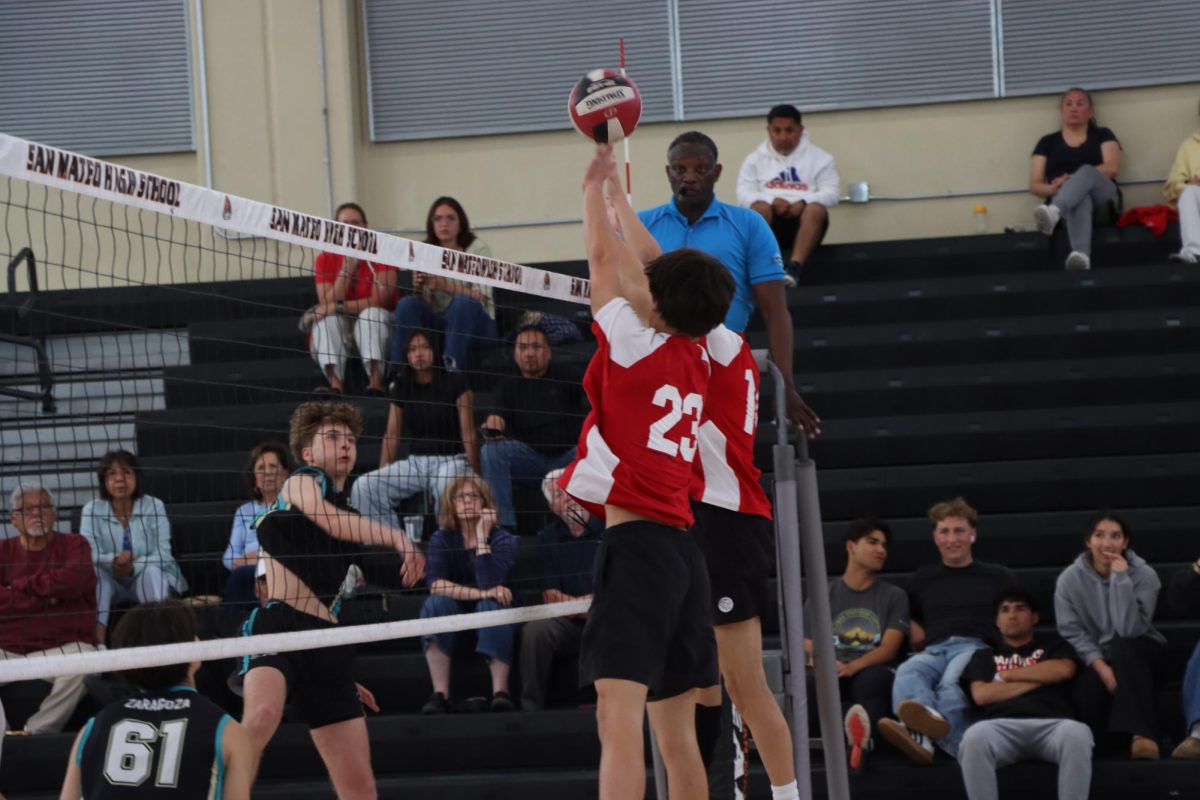

Andrew sinchak • May 6, 2024 at 5:30 pm
My granddaughter is in competitive dance and this article is spot on. I drive her to dance right after school every day, until 8:30 pm,her parents are there to pick her up. And then it’s off for home to do homework.